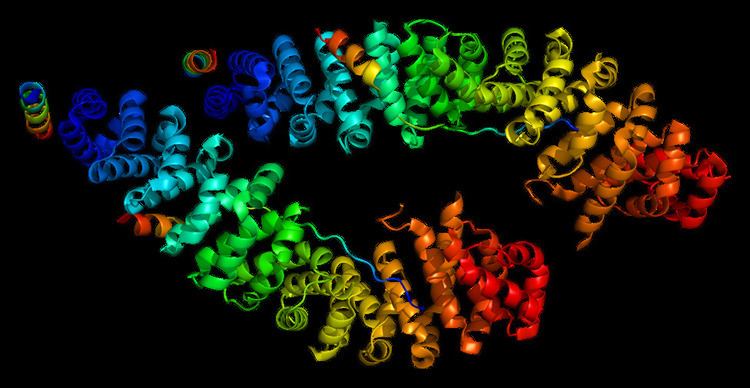Entrez 607 | Ensembl ENSG00000116128 | |
 | ||
External IDs MGI: 1924828 HomoloGene: 3191 GeneCards: BCL9 | ||
Function
BCL9, together with its paralogue gene BCL9L (BCL9 like or BCL9.2), have been extensively studied for their role as transcriptional beta-catenin cofactors, fundamental for the transcription of Wnt target genes.
BCL9 and BCL9L have been shown to take part in other tissue-specific molecular mechanisms, showing that their role in the Wnt signaling cascade is only one aspect of their mode of action.
Clinical significance
BCL9 is associated with B-cell acute lymphoblastic leukemia. It may be a target of translocation in B-cell malignancies with abnormalities of 1q21. The overexpression of BCL9 may be of pathogenic significance in B-cell malignancies.
BCL9 and BCL9L are potential clinical targets for human cancers; for instance, the gene expression changes that they promote is associated with a poor outcome in colorectal cancer.
Like BCL2, BCL3, BCL5, BCL6, BCL7A, and BCL10, it has clinical significance in lymphoma.
Common variations in the BCL9 gene, which is in the distal area, confer risk of schizophrenia and may also be associated with bipolar disorder and major depressive disorder.
BCL9, together with the paralogue protein BCL9l and PYGO2 also have cytoplasmic functions during tooth development and is particularly important for the formation of enamel. Mice lacking both Pygo1 and Pygo2 or both Bcl9 and Bcl9l develop teeth, a process that requires Wnt/β-catenin transcriptional regulation, but the enamel is structurally disorganized and contains less iron than teeth from control mice. Bcl9, Bcl9l, and Pygo2 are present in the cytoplasm of ameloblasts, the cells that secrete enamel proteins, and colocalize in these cells with amelogenin, the main component of enamel, encoded by the AMELX gene, which has been already implicated as a causative factor of Amelogenesis Imperfecta in humans. Bcl9 interacts with amelogenin and proteins involved in exocytosis and vesicular trafficking, suggesting that these proteins function in the trafficking or secretion of enamel proteins. Therefore, Bcl9, Bcl9l, and Pygo2 have cytoplasmic functions distinct from their roles as transcriptional cofactors downstream of Wnt signaling. This new discovery might improve our understanding for the treatment of human caries.
